Unidentified Tree I need
Bradley Hartley
8 years ago
Featured Answer
Sort by:Oldest
Comments (24)
Related Professionals
Garden City Landscape Architects & Landscape Designers · Aloha Landscape Contractors · Burien Landscape Contractors · Cedar Hill Landscape Contractors · Cicero Landscape Contractors · El Segundo Landscape Contractors · Essex Landscape Contractors · Stallings Landscape Contractors · Maplewood Landscape Contractors · Raytown Landscape Contractors · Oregon City Siding & Exteriors · Paterson Siding & Exteriors · Riverside Siding & Exteriors · Wayne Siding & Exteriors · Gaithersburg Decks, Patios & Outdoor EnclosuresBradley Hartley
8 years agoBradley Hartley
8 years agolast modified: 8 years agoBradley Hartley
8 years agolast modified: 8 years agoGeorge Guthrie
8 years agoSelect Landscapes of Iowa
8 years agohamburglar1
8 years agolast modified: 8 years agowaynedanielson
8 years agoedlincoln
8 years agoEmbothrium
8 years agofloral_uk z.8/9 SW UK
8 years agolast modified: 8 years agogardengal48 (PNW Z8/9)
8 years ago
Related Stories

SPRING GARDENING7 Spectacular and Practical Spring-Flowering Trees
Put on a beauteous show in the garden with a landscape tree awash in flowers — just do your homework first
Full Story
GARDENING GUIDESGreat Design Tree: Australian Tea Tree
A living sculpture with an unmistakable appearance, this coastal native creates an intriguing landscape scene
Full Story
GARDENING GUIDESTree Care: Common Tree Diseases and What to Do About Them
Learn to recognize trees that may be affected by diseases or pests so you can quickly take action
Full Story
GARDENING GUIDESHow to Keep Your Trees Healthy
Ensure your trees’ vigor for years to come with these tips for protecting roots, watering effectively and more
Full Story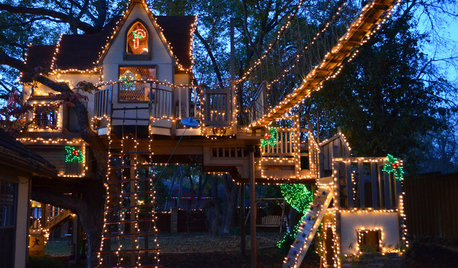
MOST POPULARA Magical Tree House Lights Up for Christmas
From the Most Popular file: An incredible tree house takes things up a notch for the holidays. See how it came to be
Full Story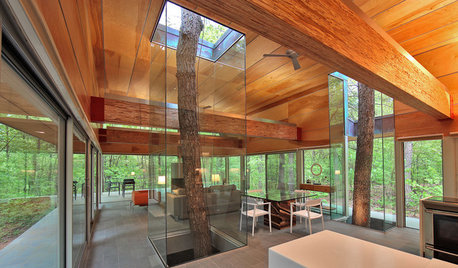
DECORATING GUIDES10 Tree-Hugging Interiors That Work Around Nature
Bursting up through the floor, planted in an indoor patio or potted in any room you choose, trees bring an elegance that's organic
Full Story
FARM YOUR YARDIf You Have Room for Only One Fruit Tree ...
Juice up a small garden with one of these easier-care or worth-the-effort fruit trees for a mild climate
Full Story





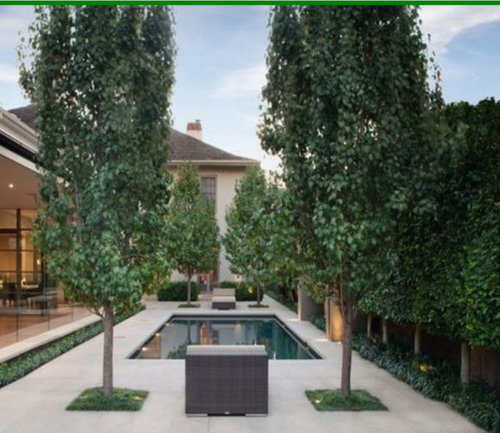

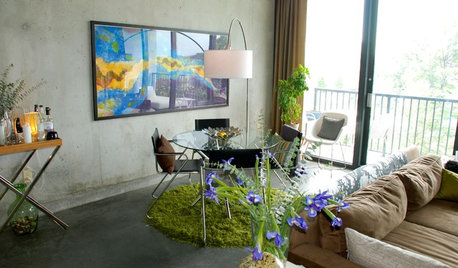
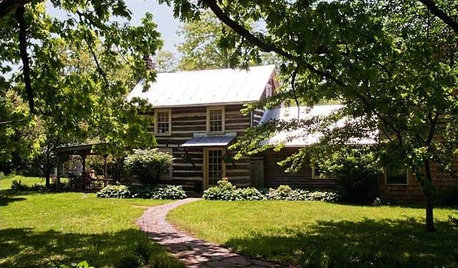
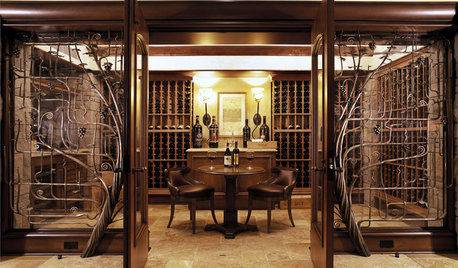




ken_adrian Adrian MI cold Z5